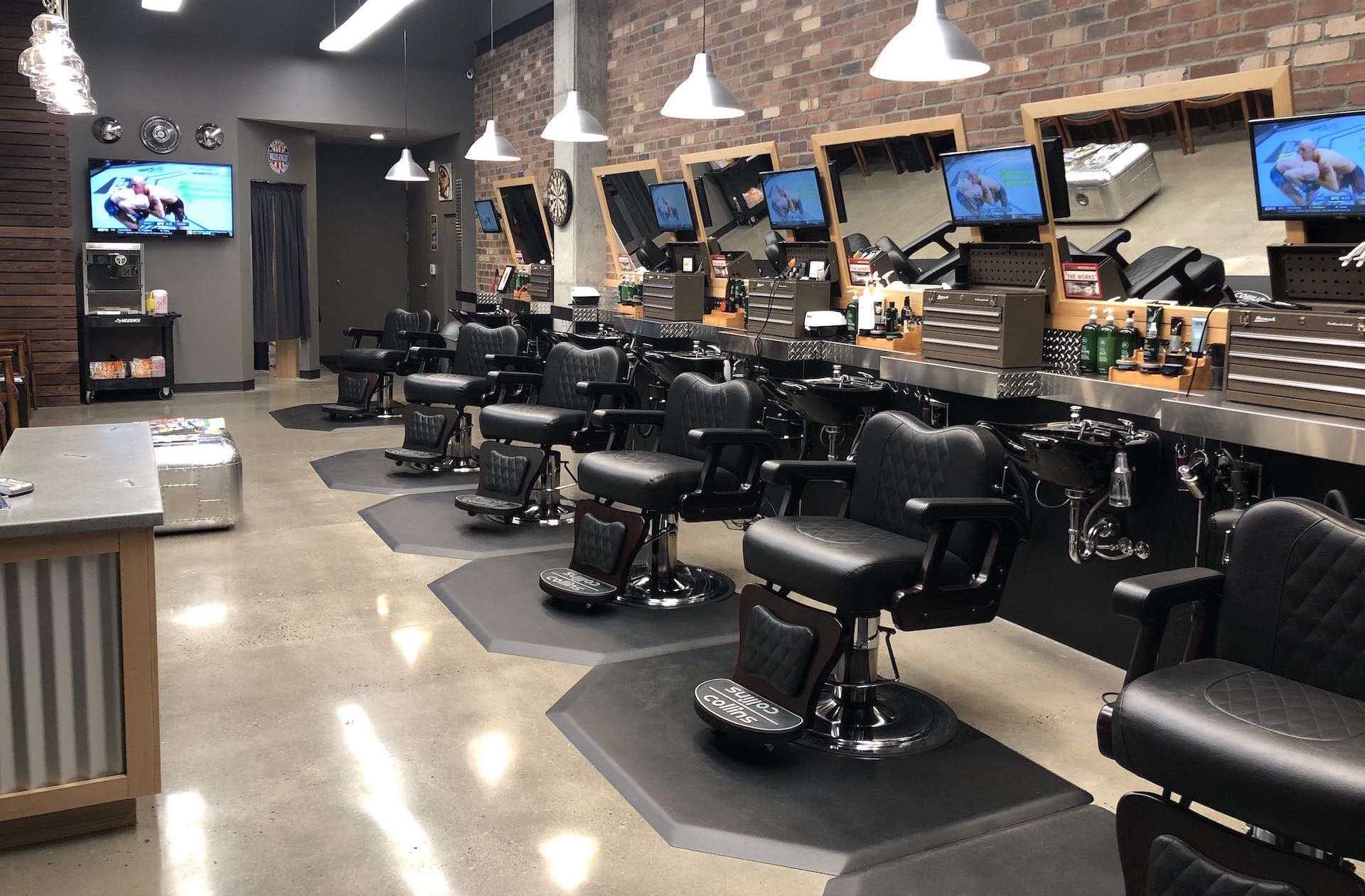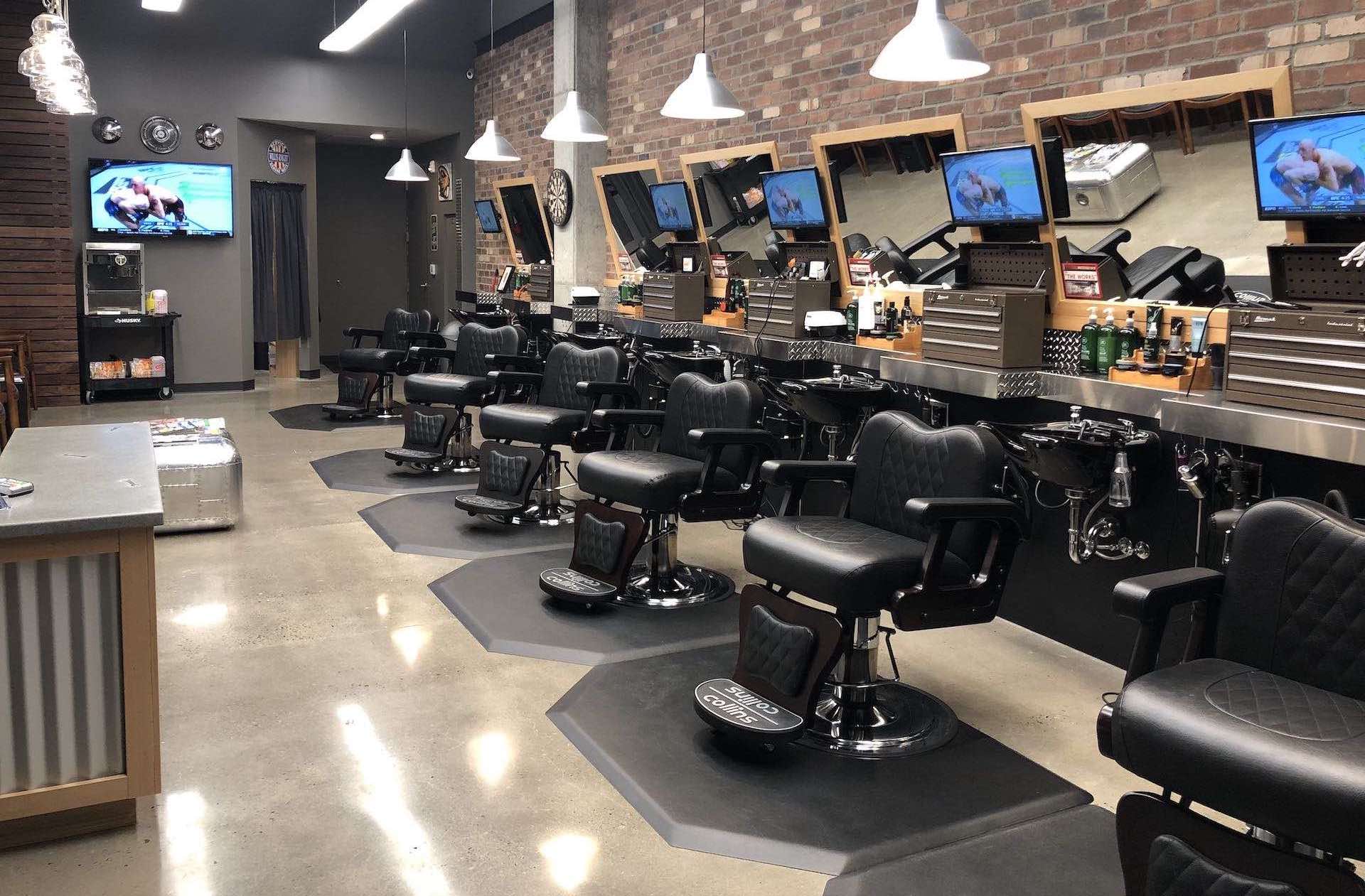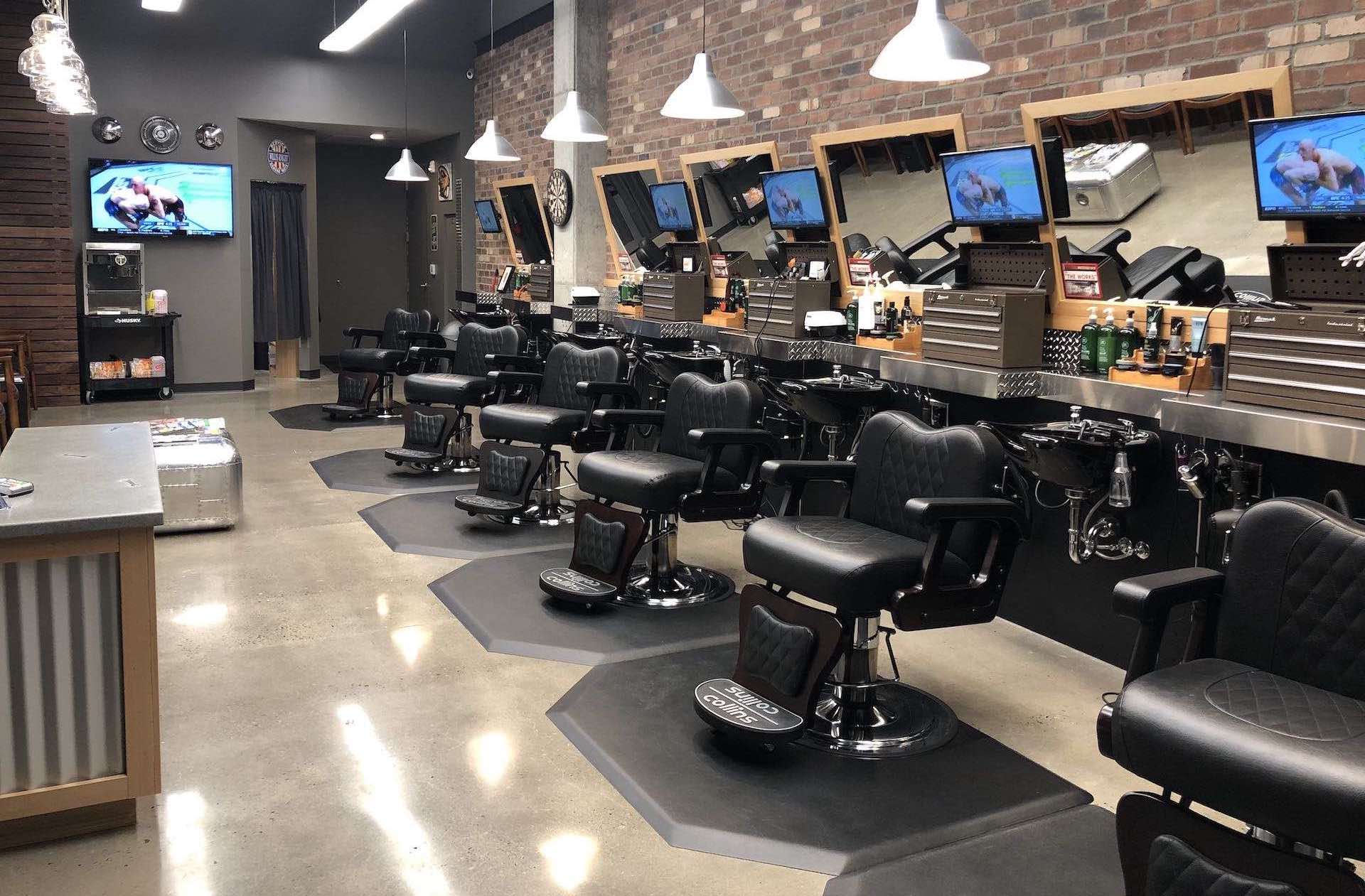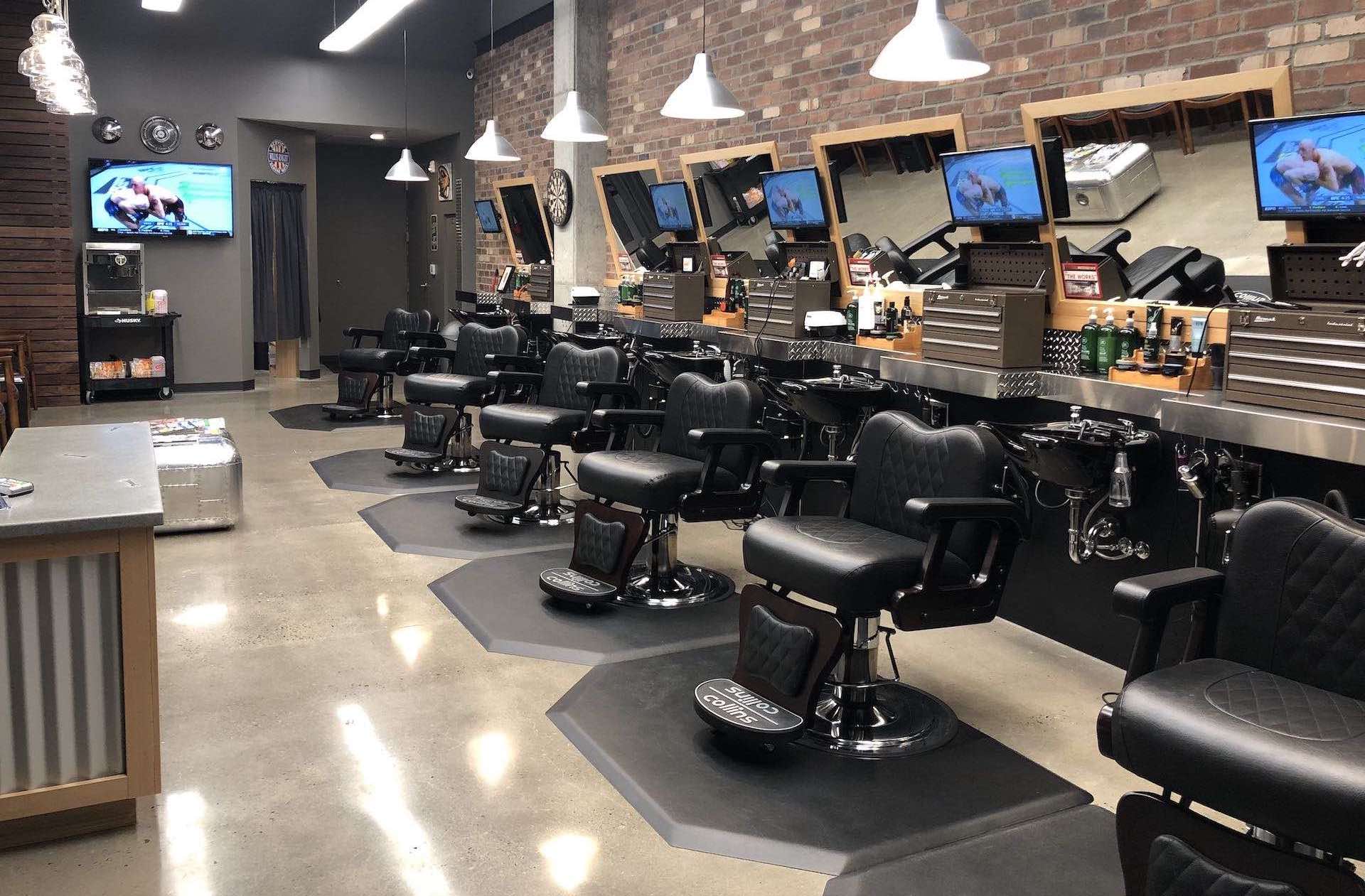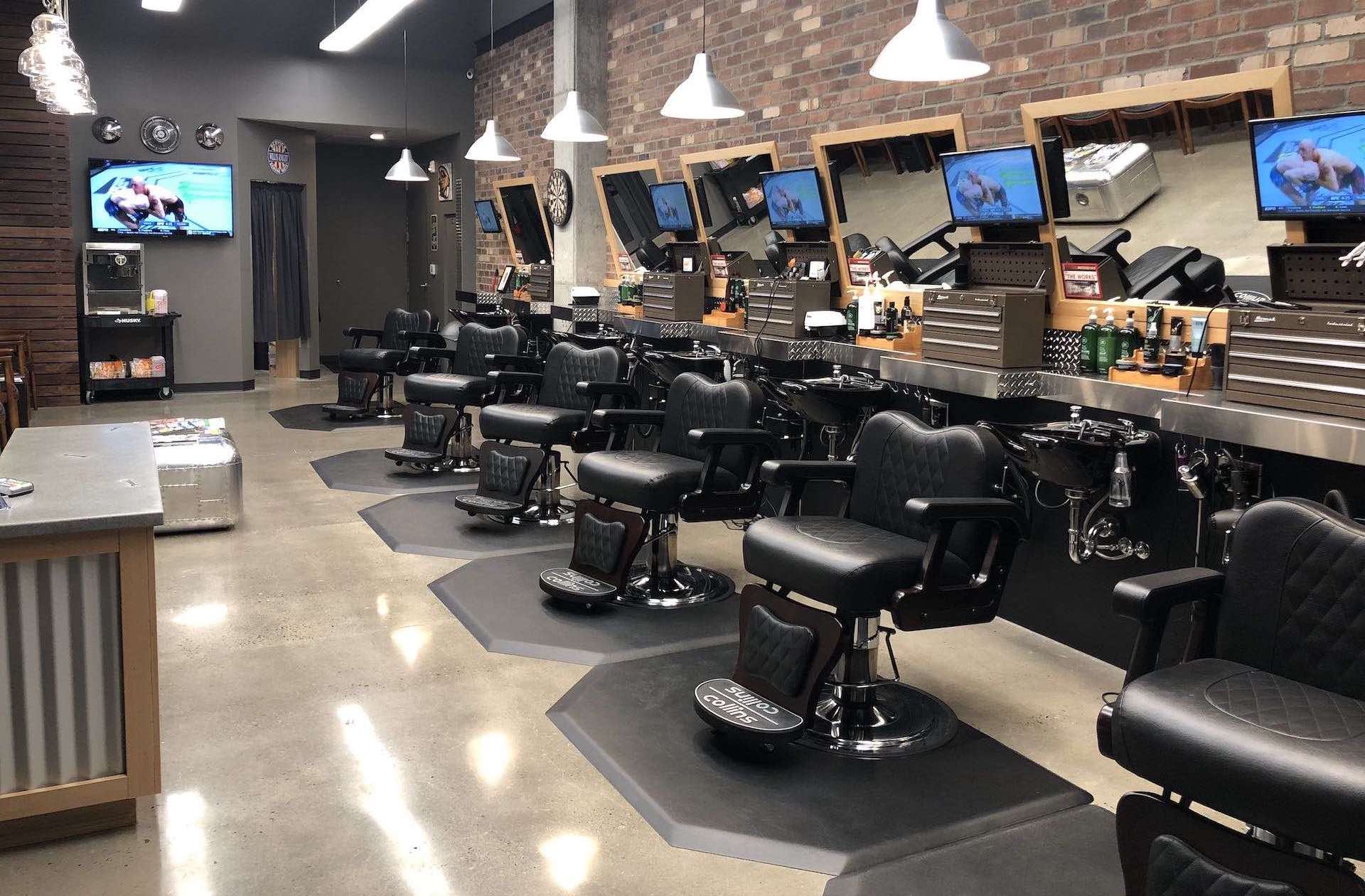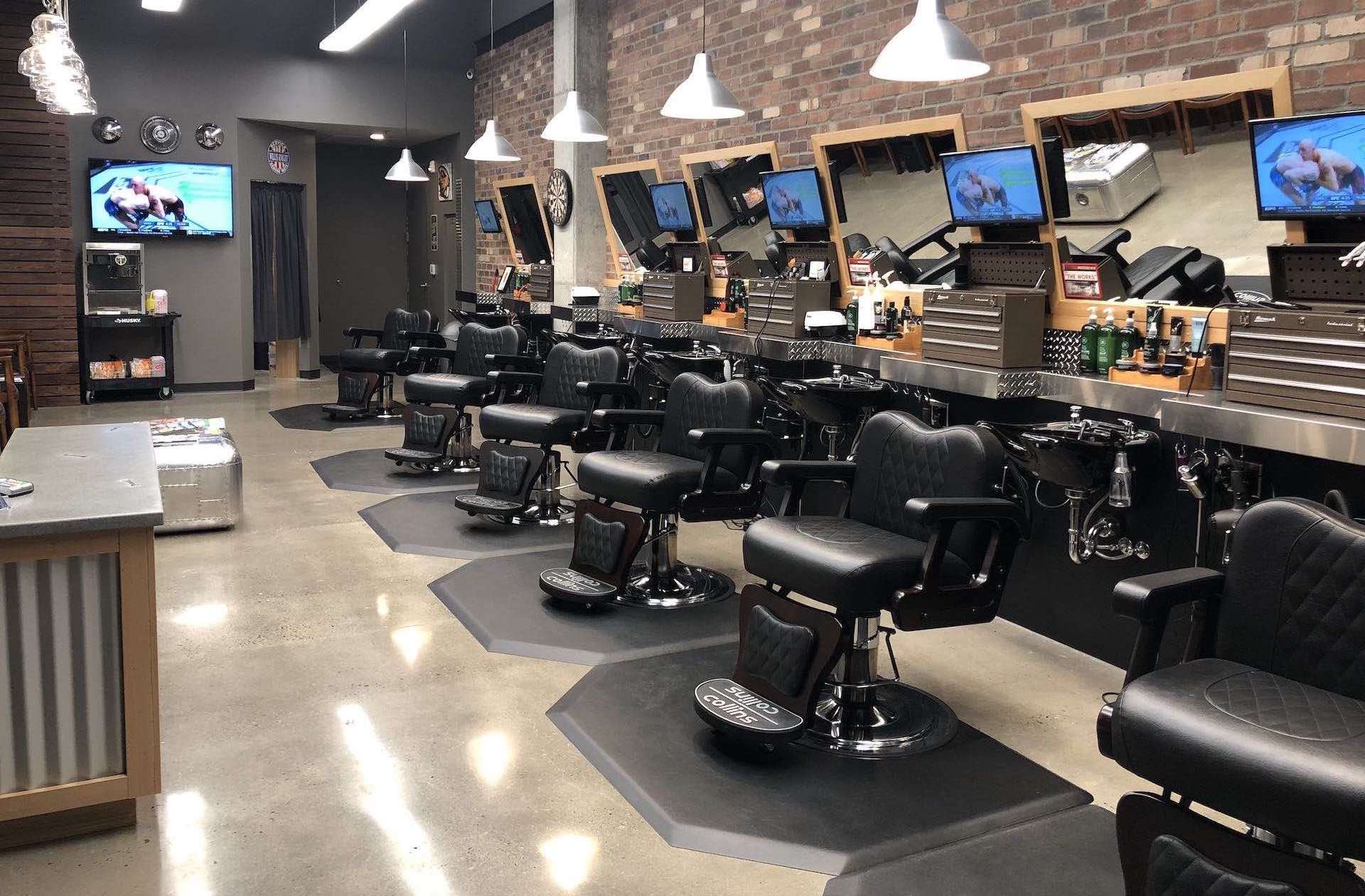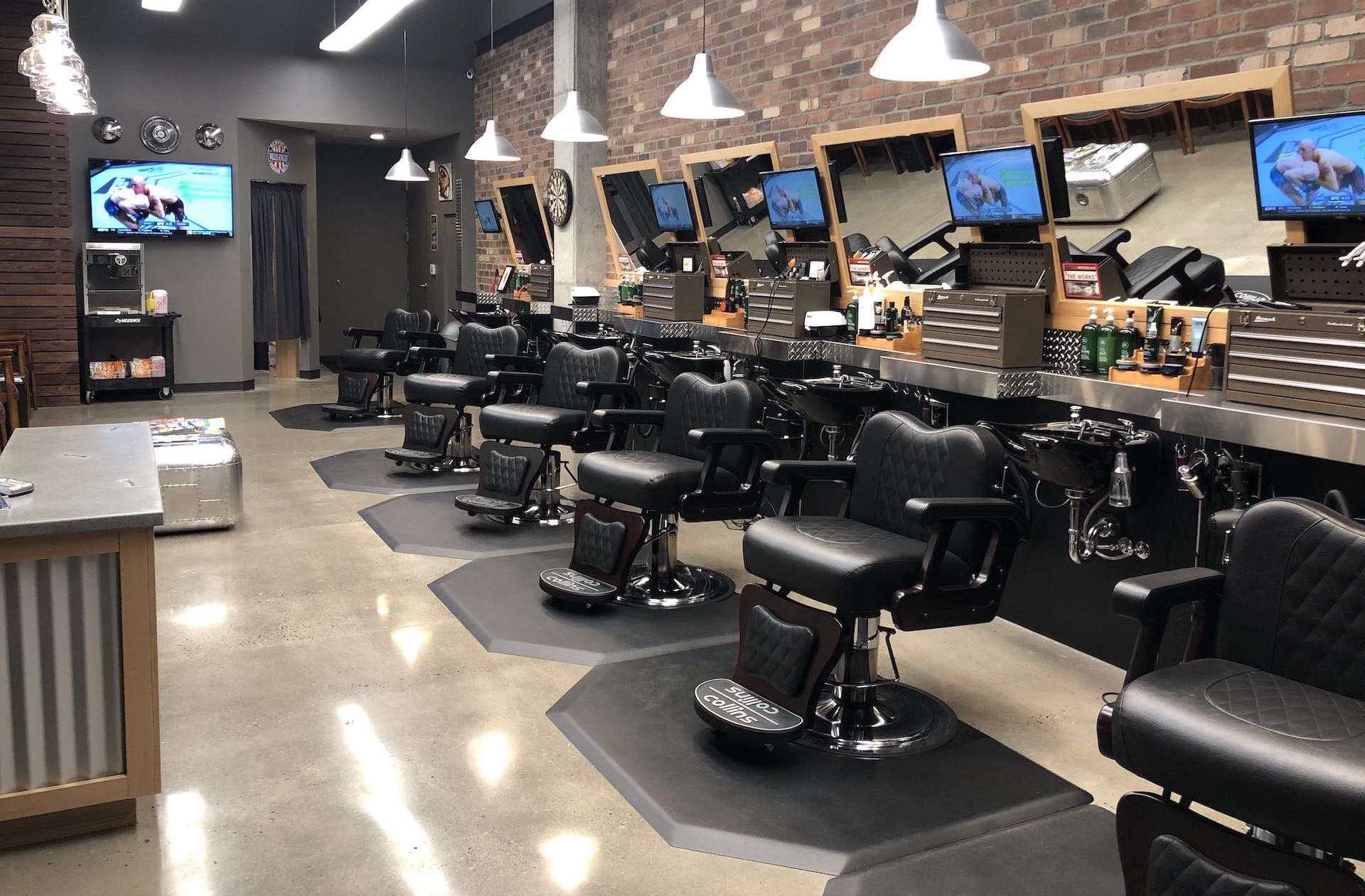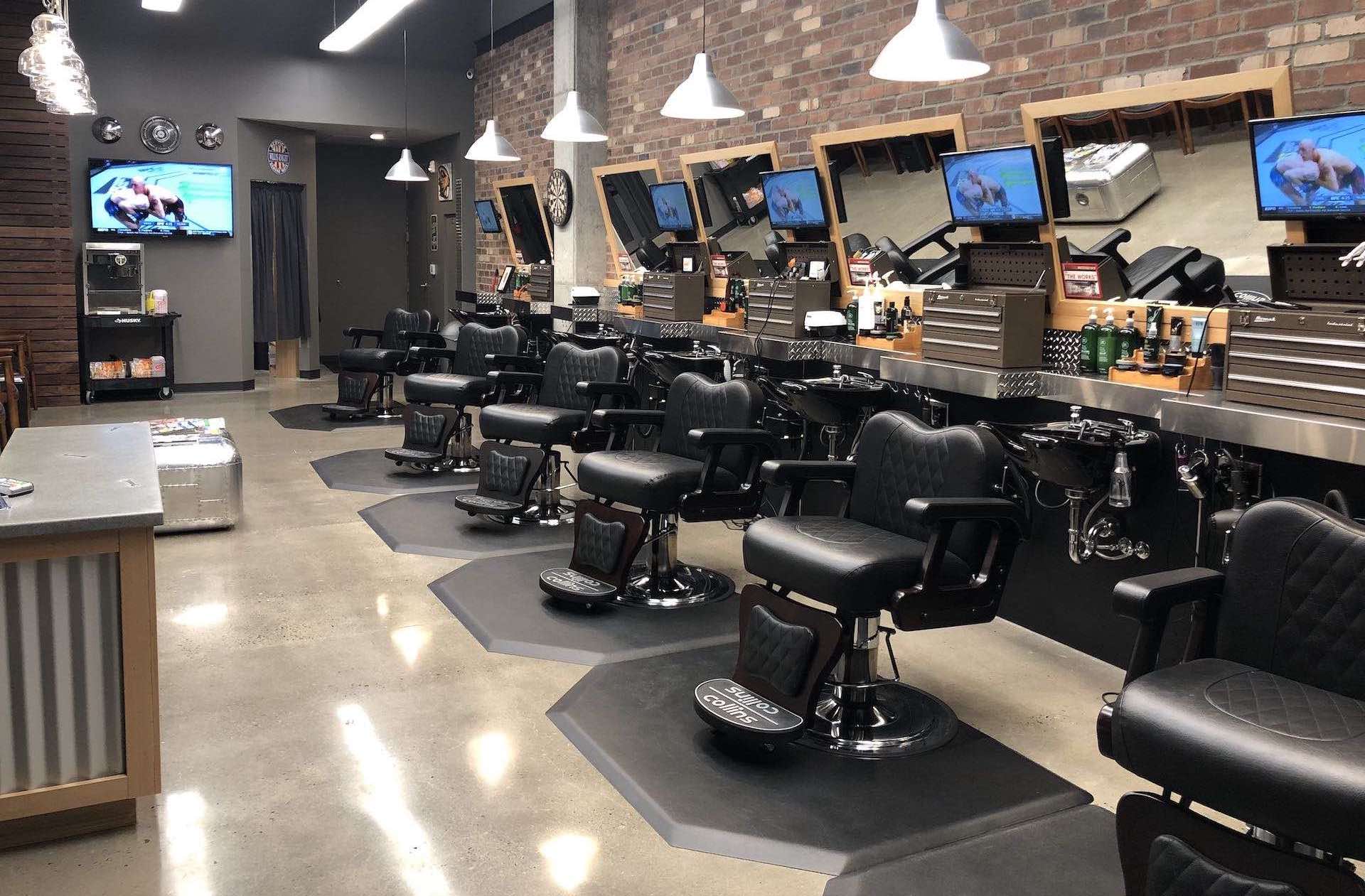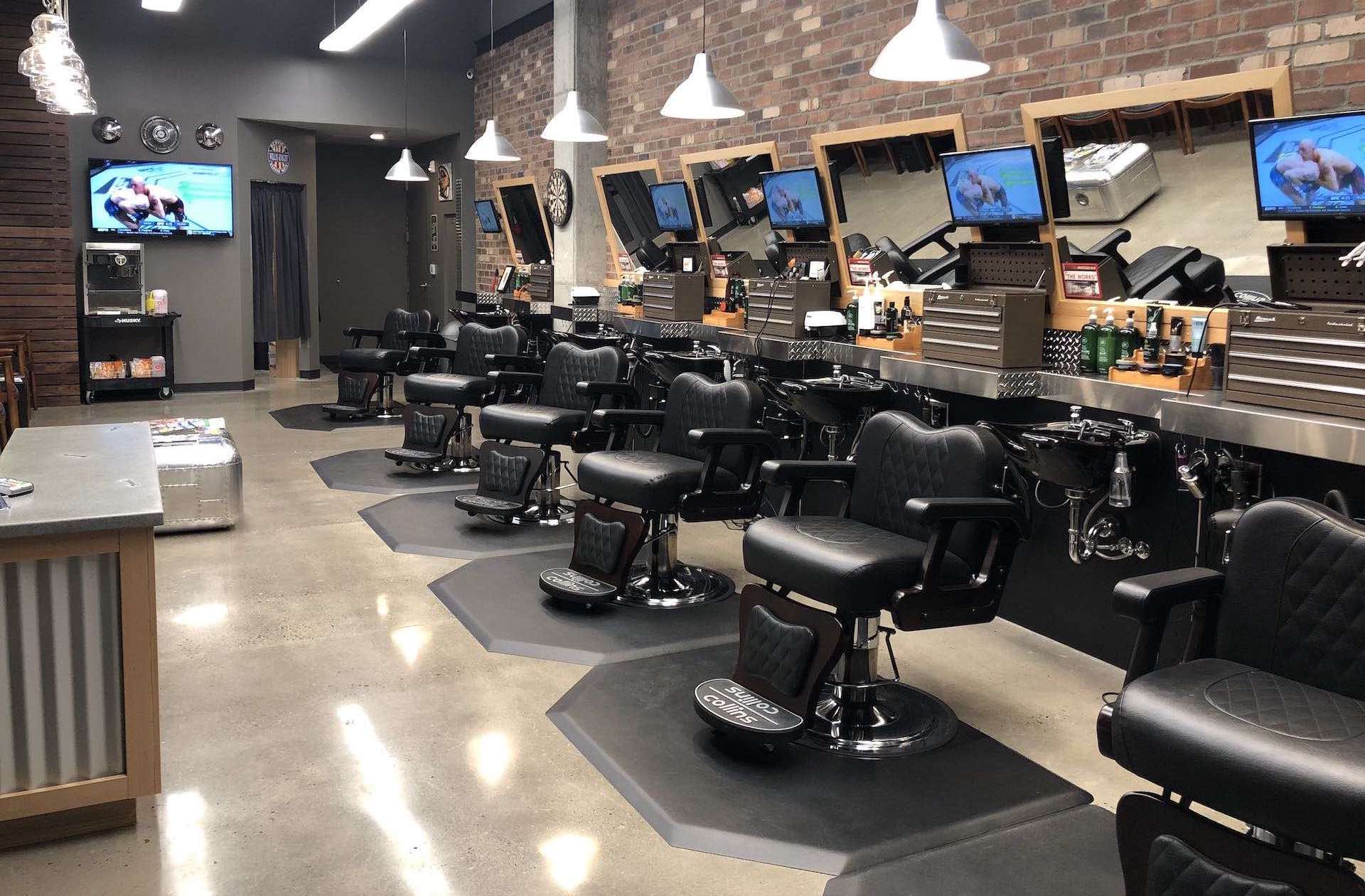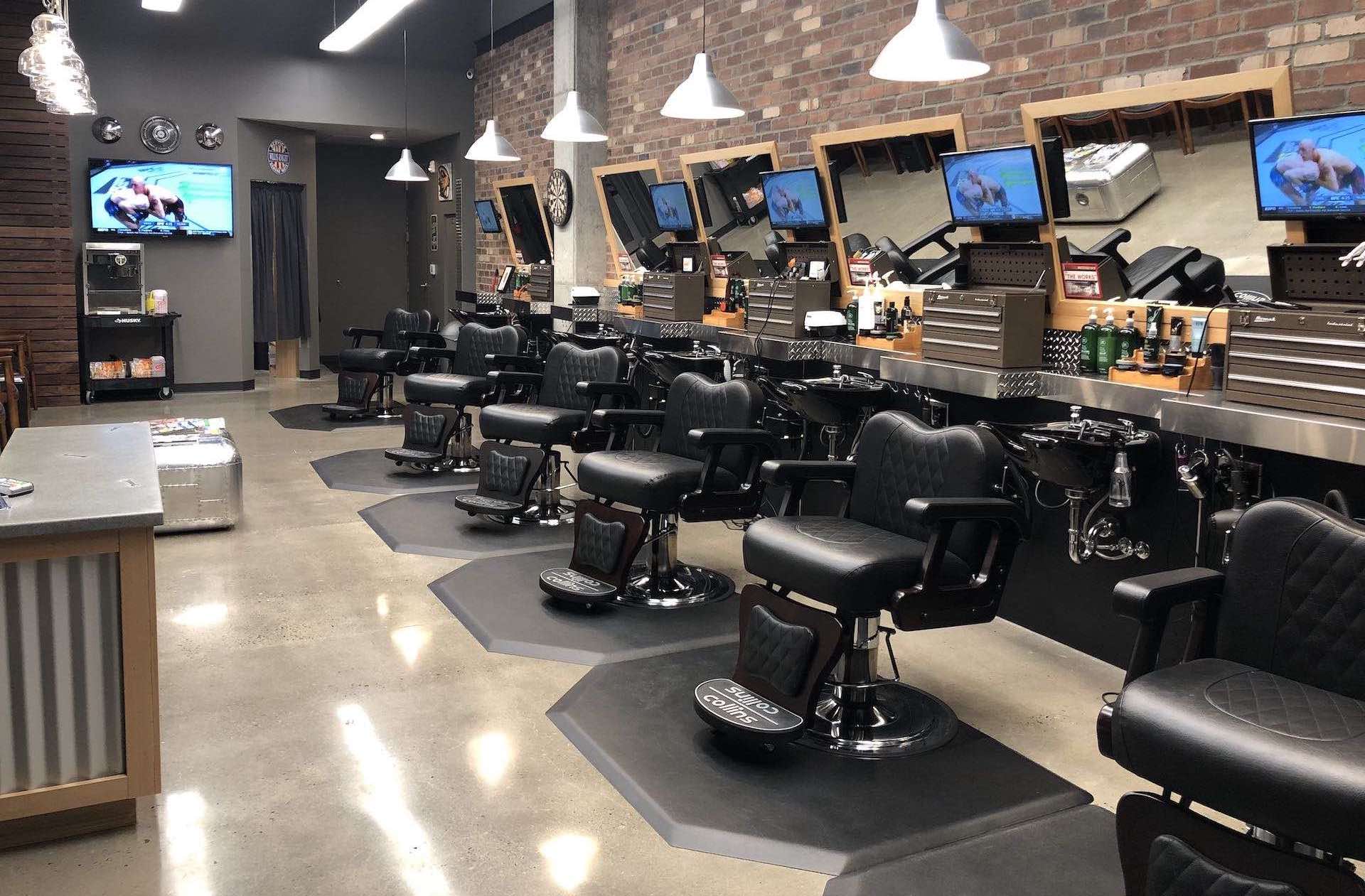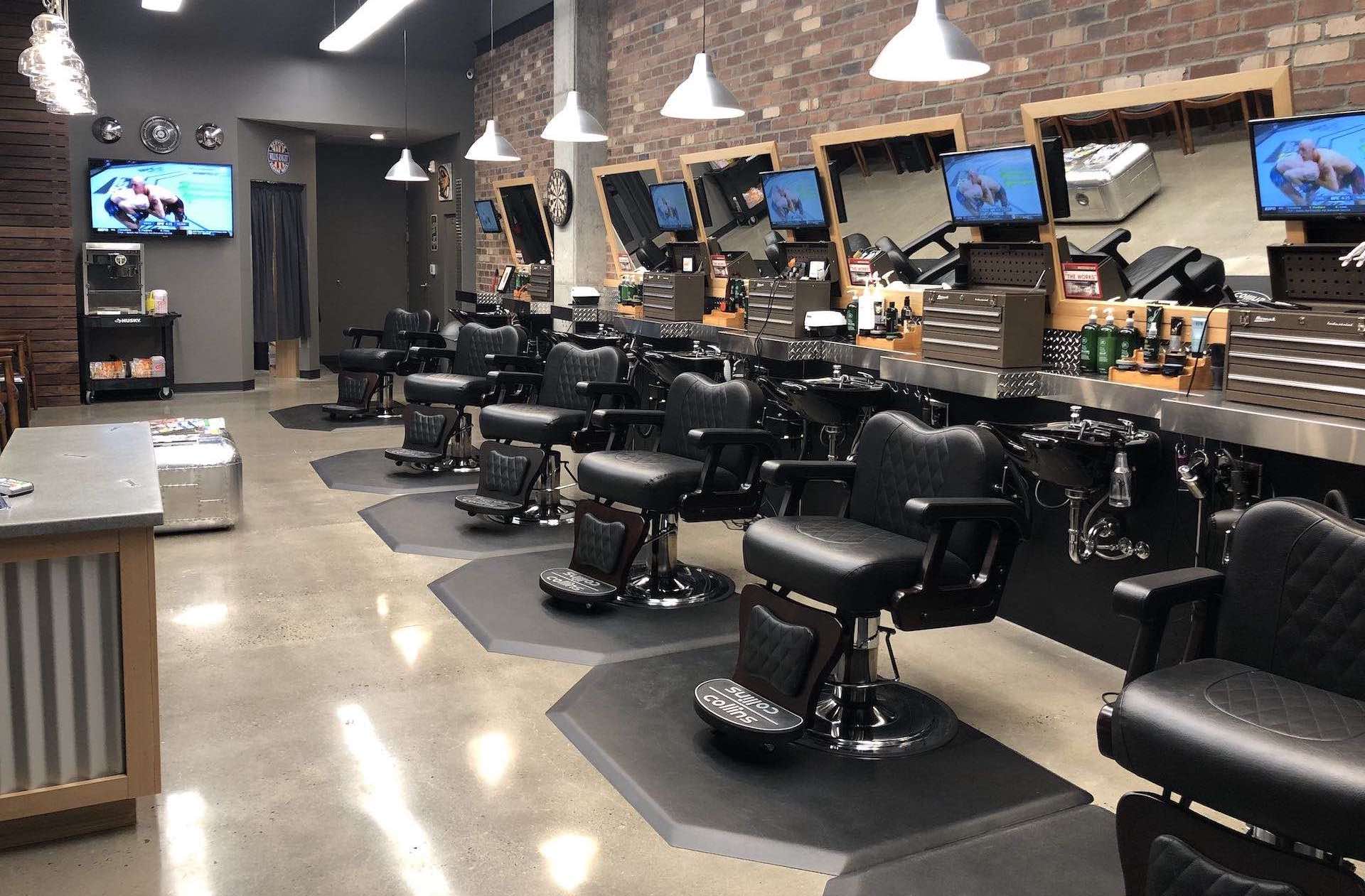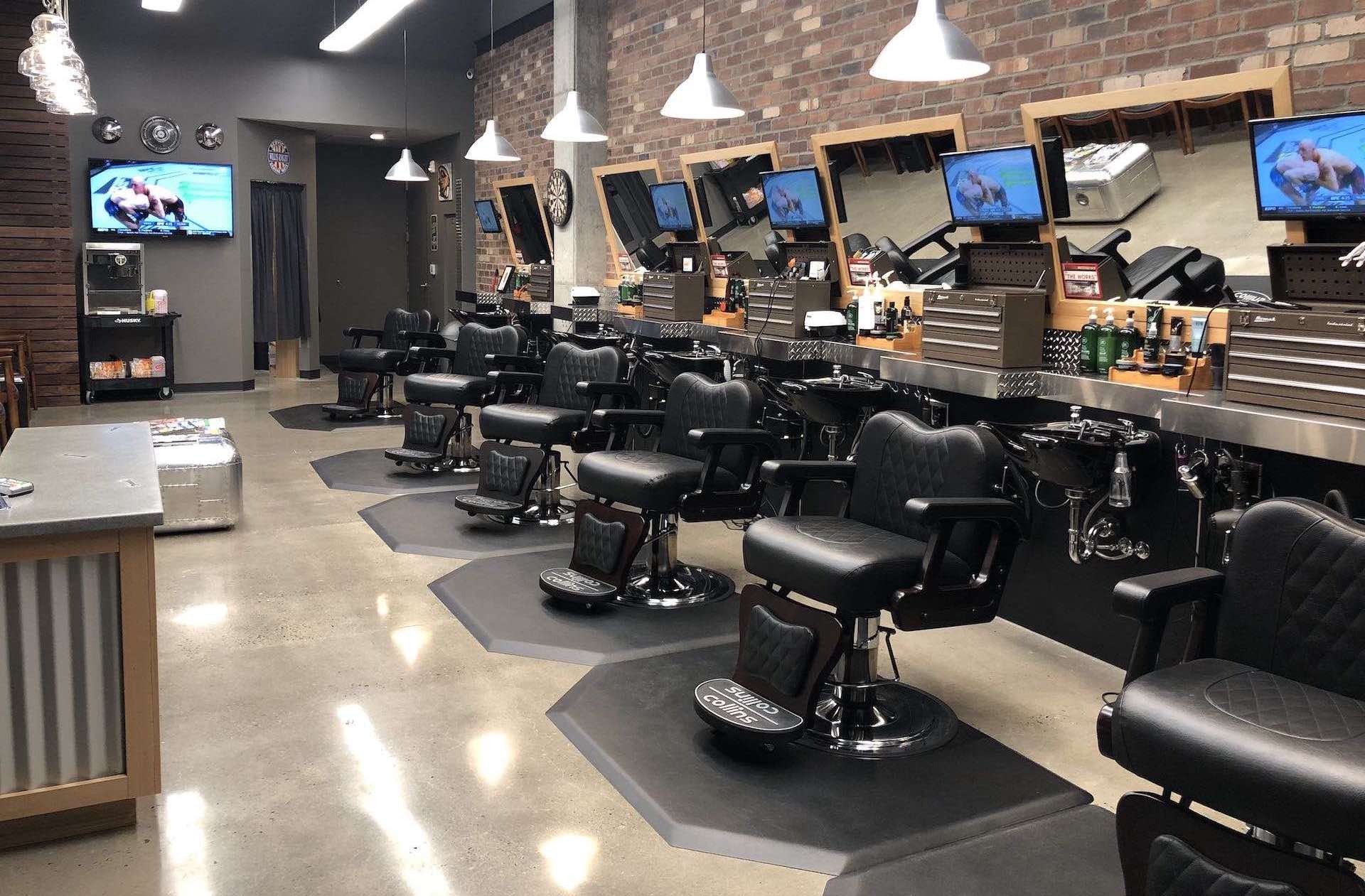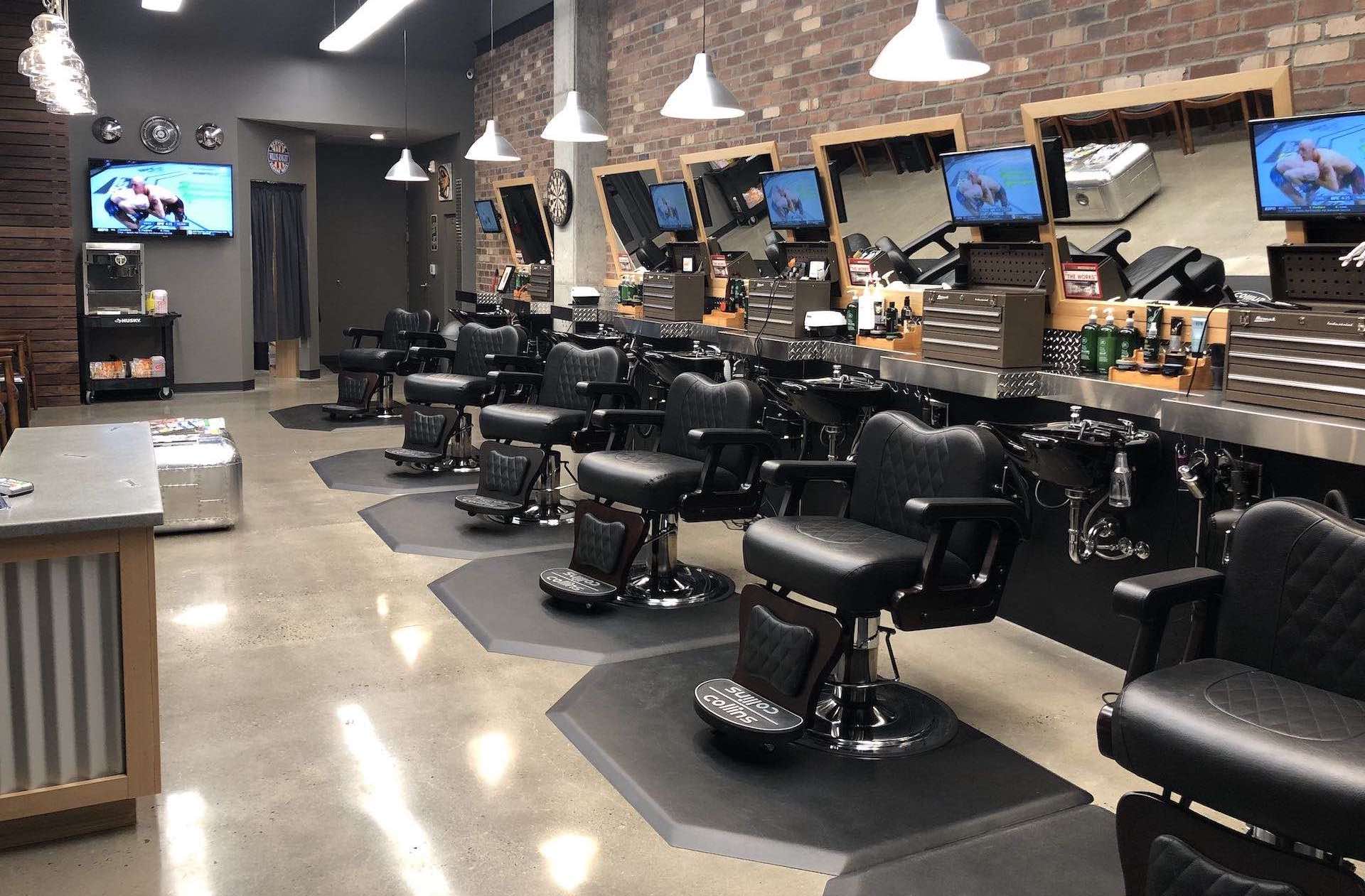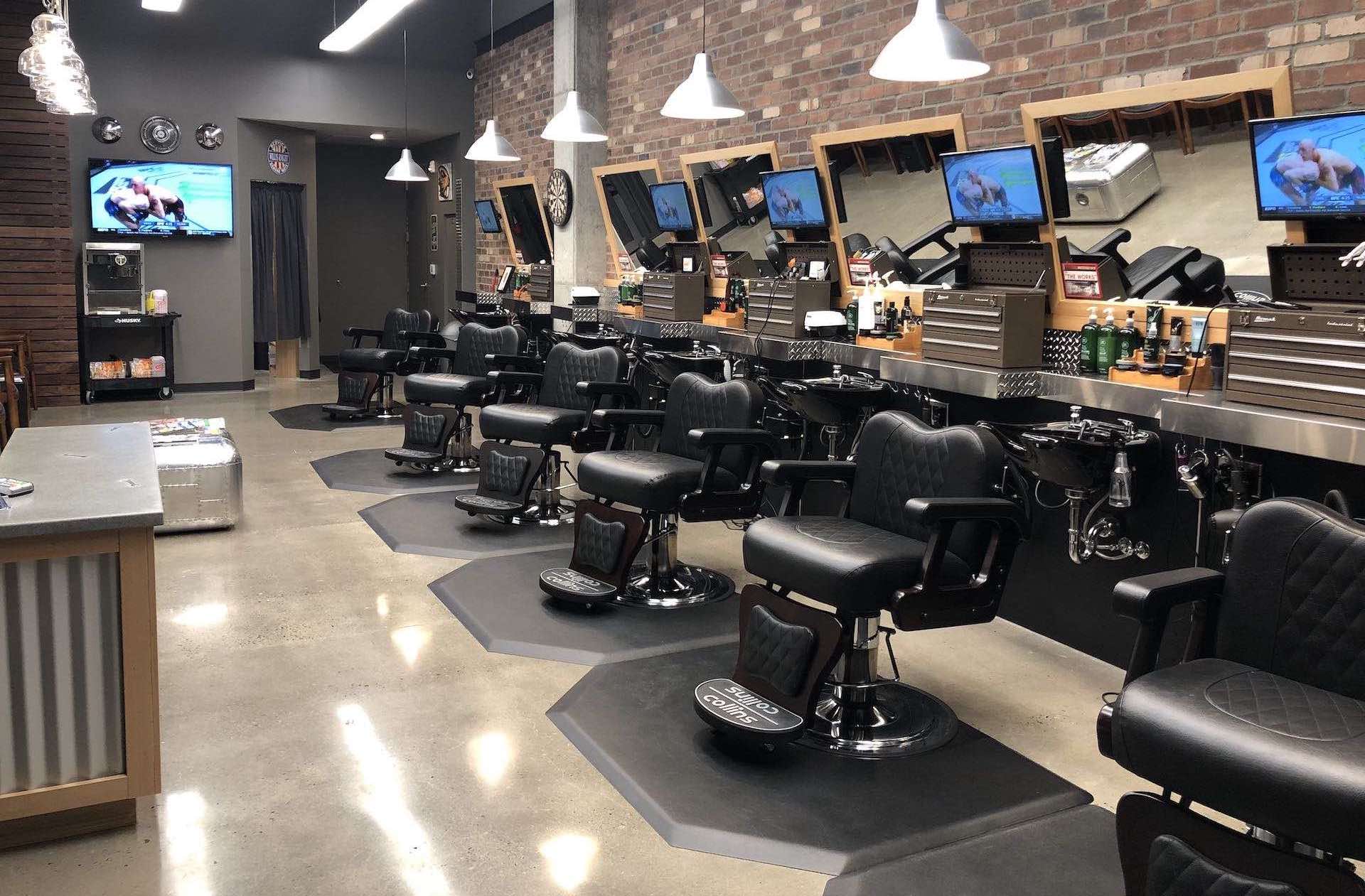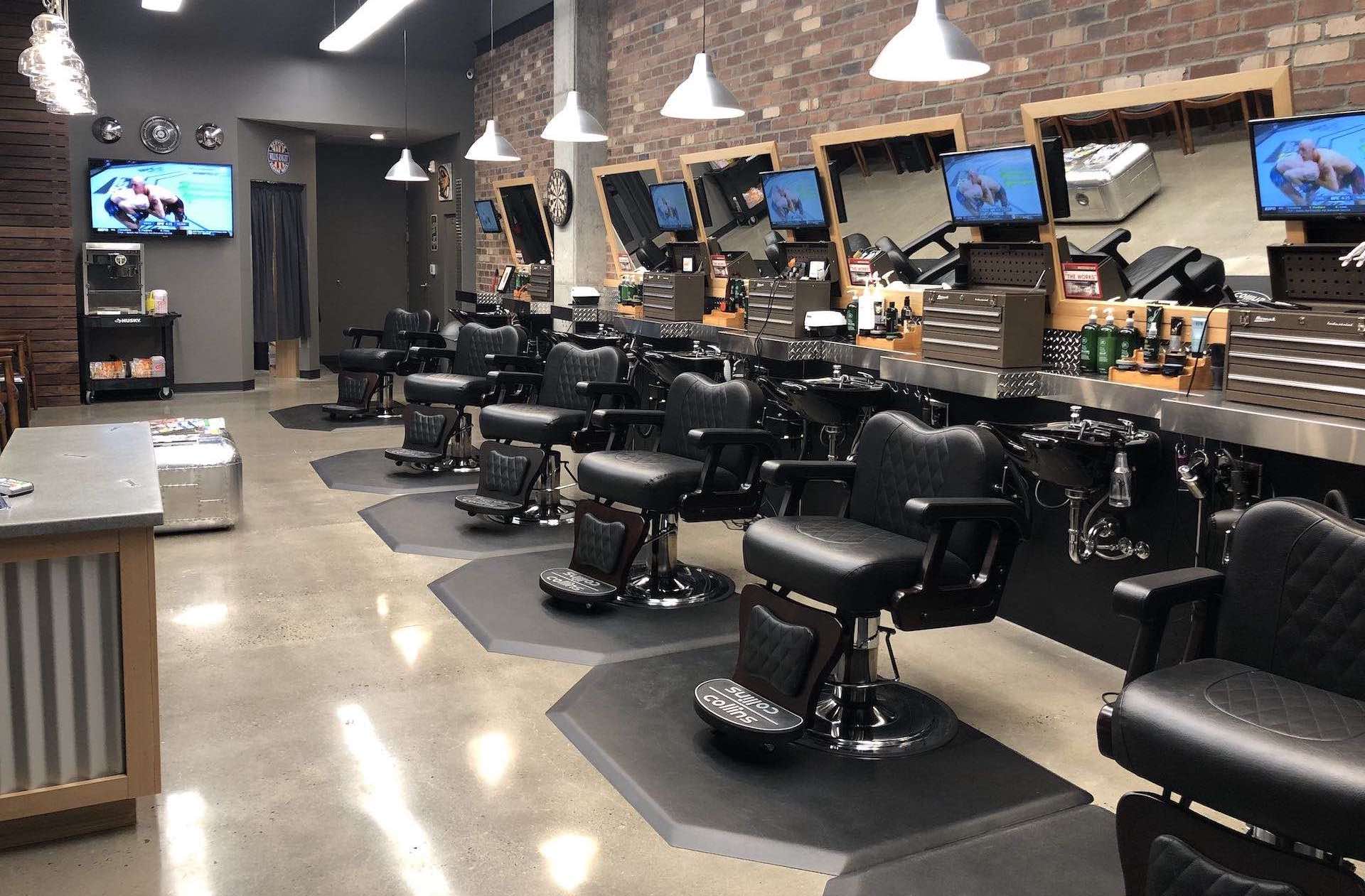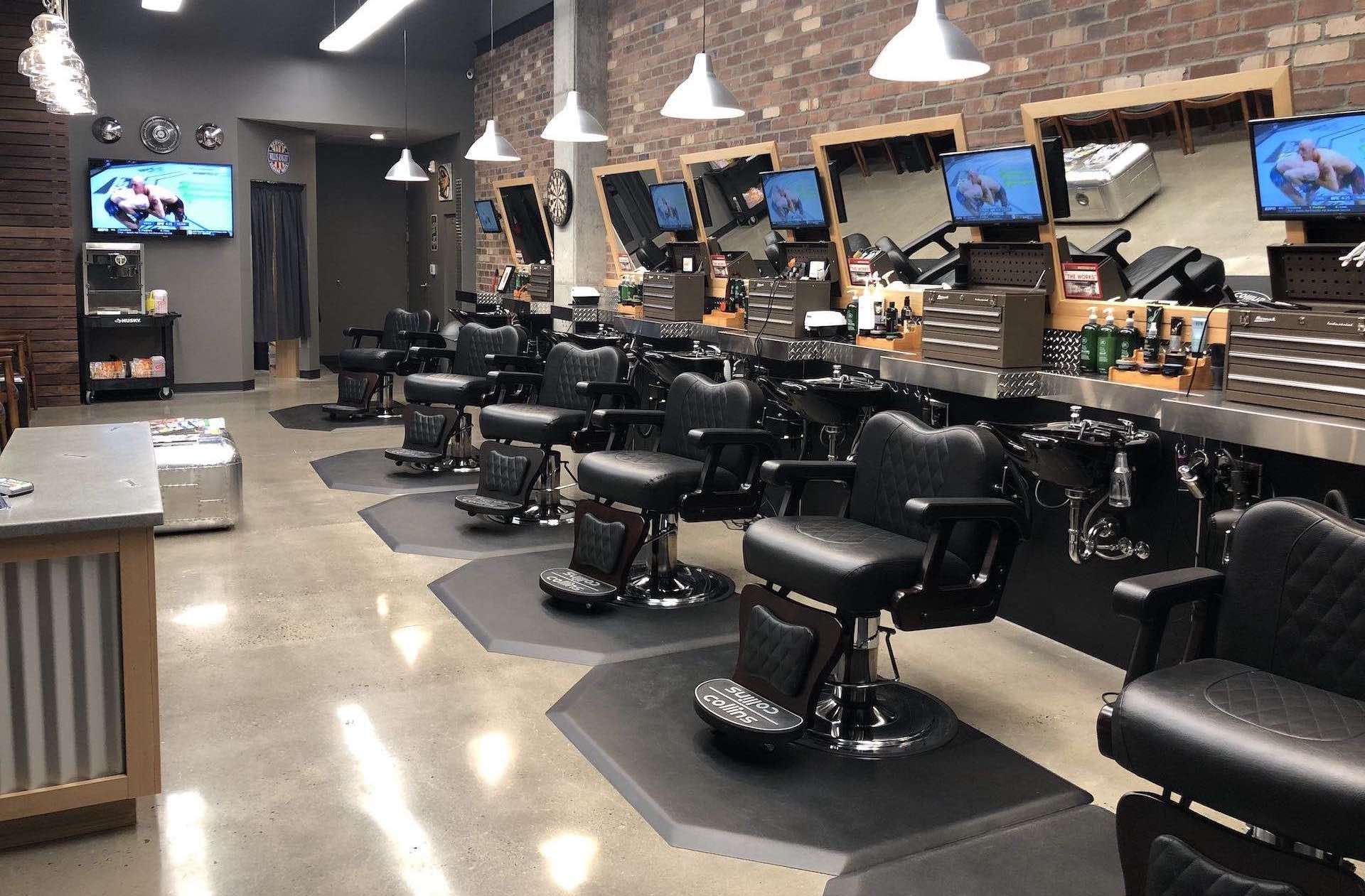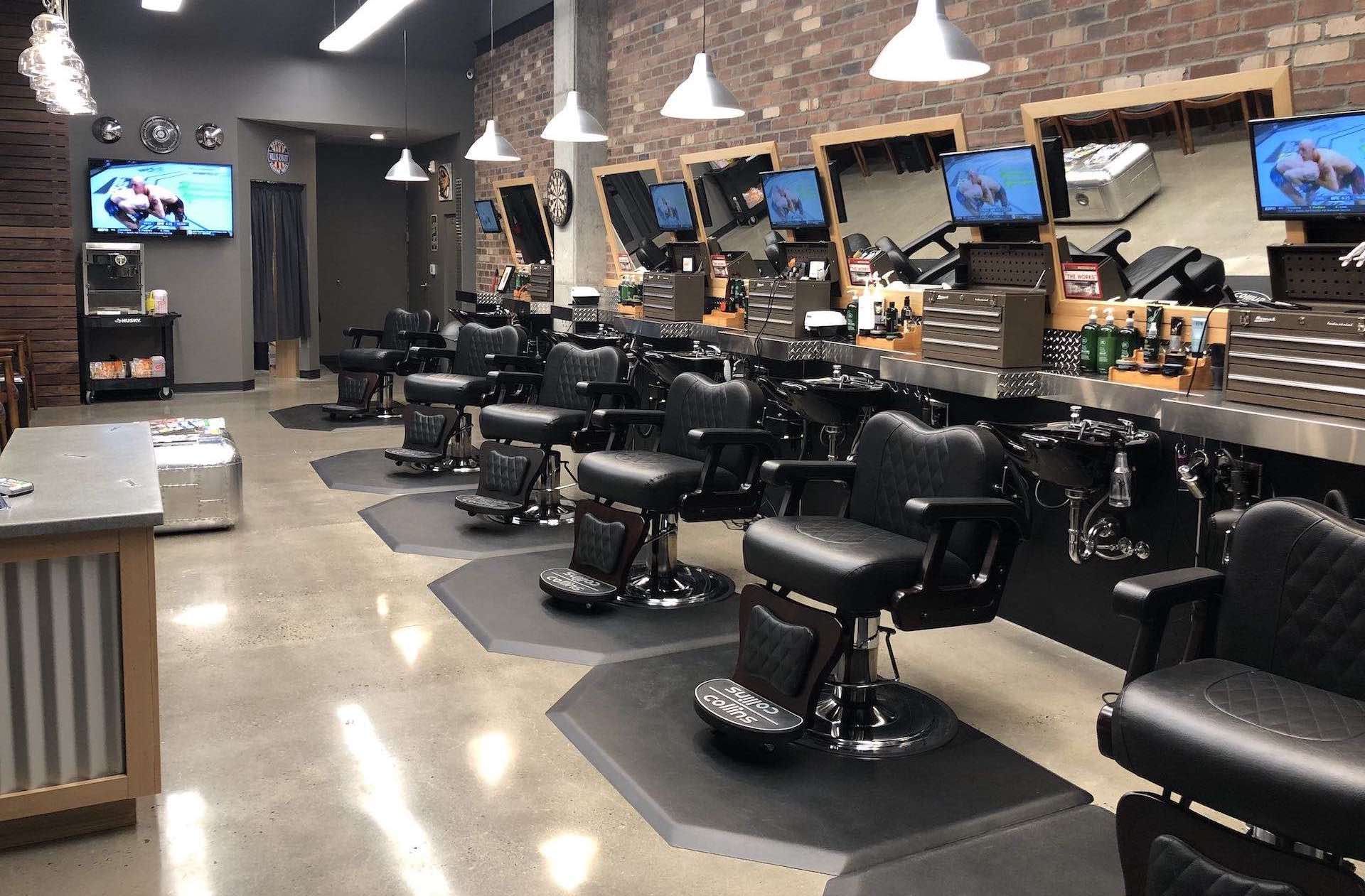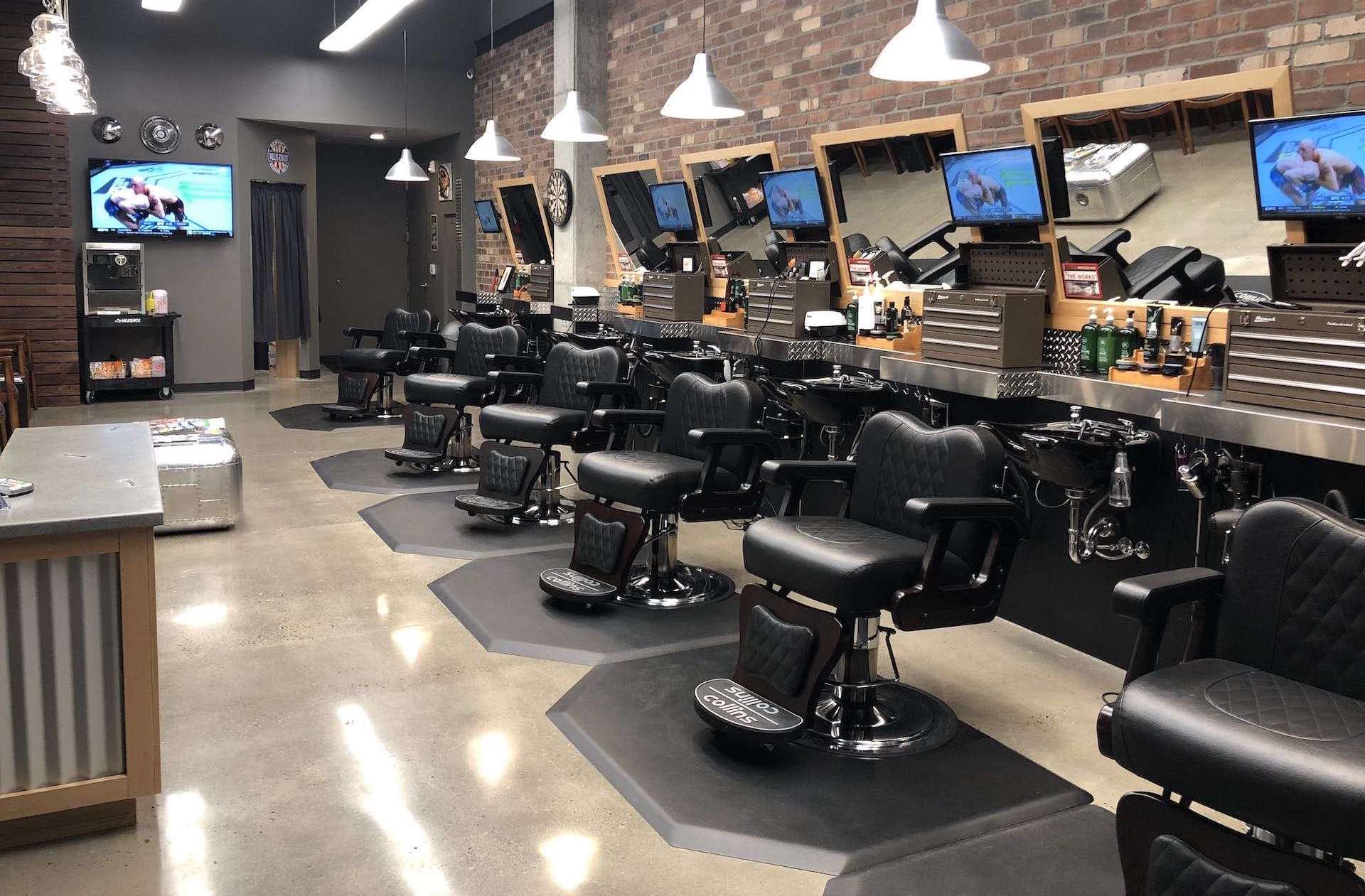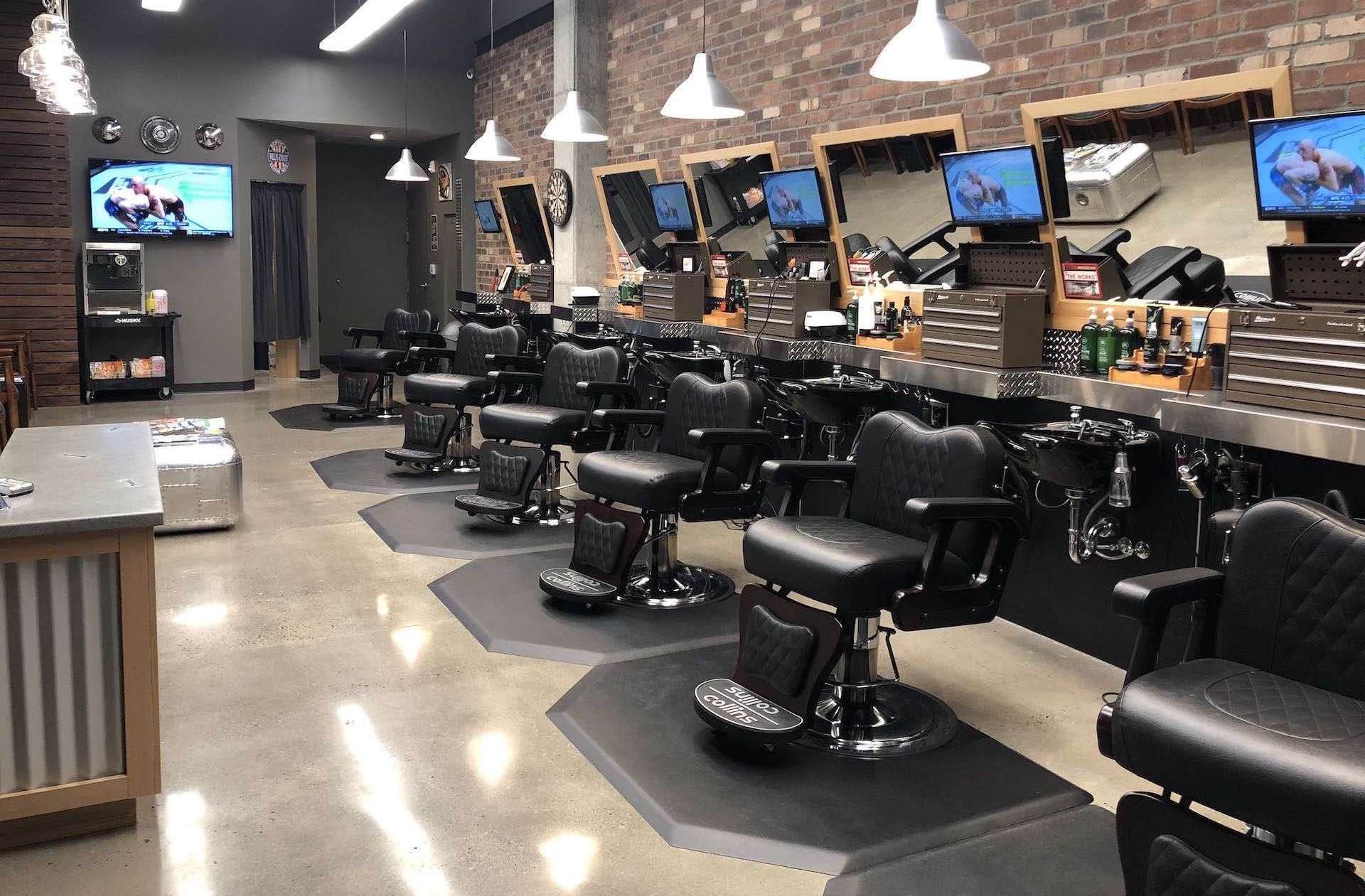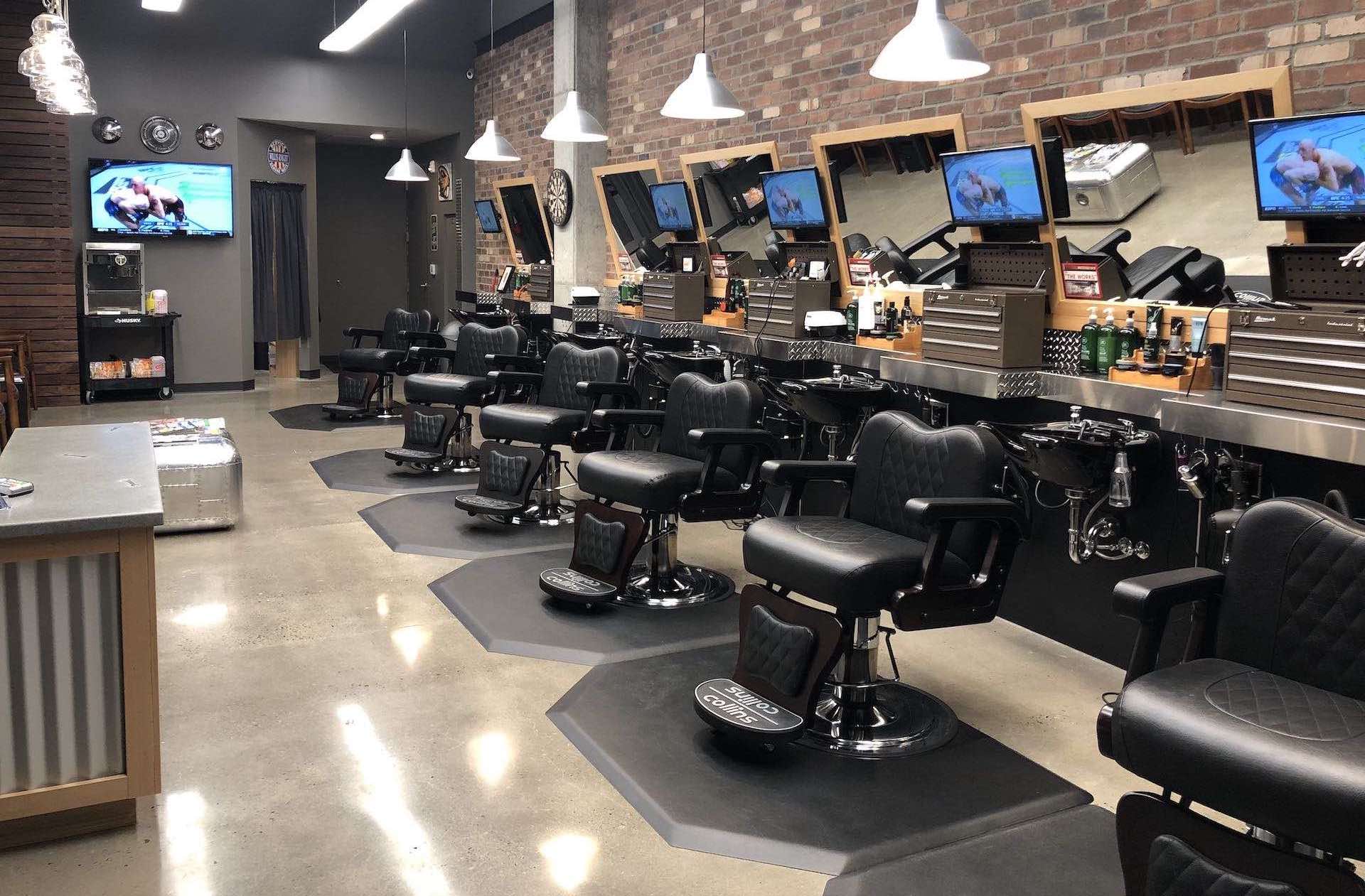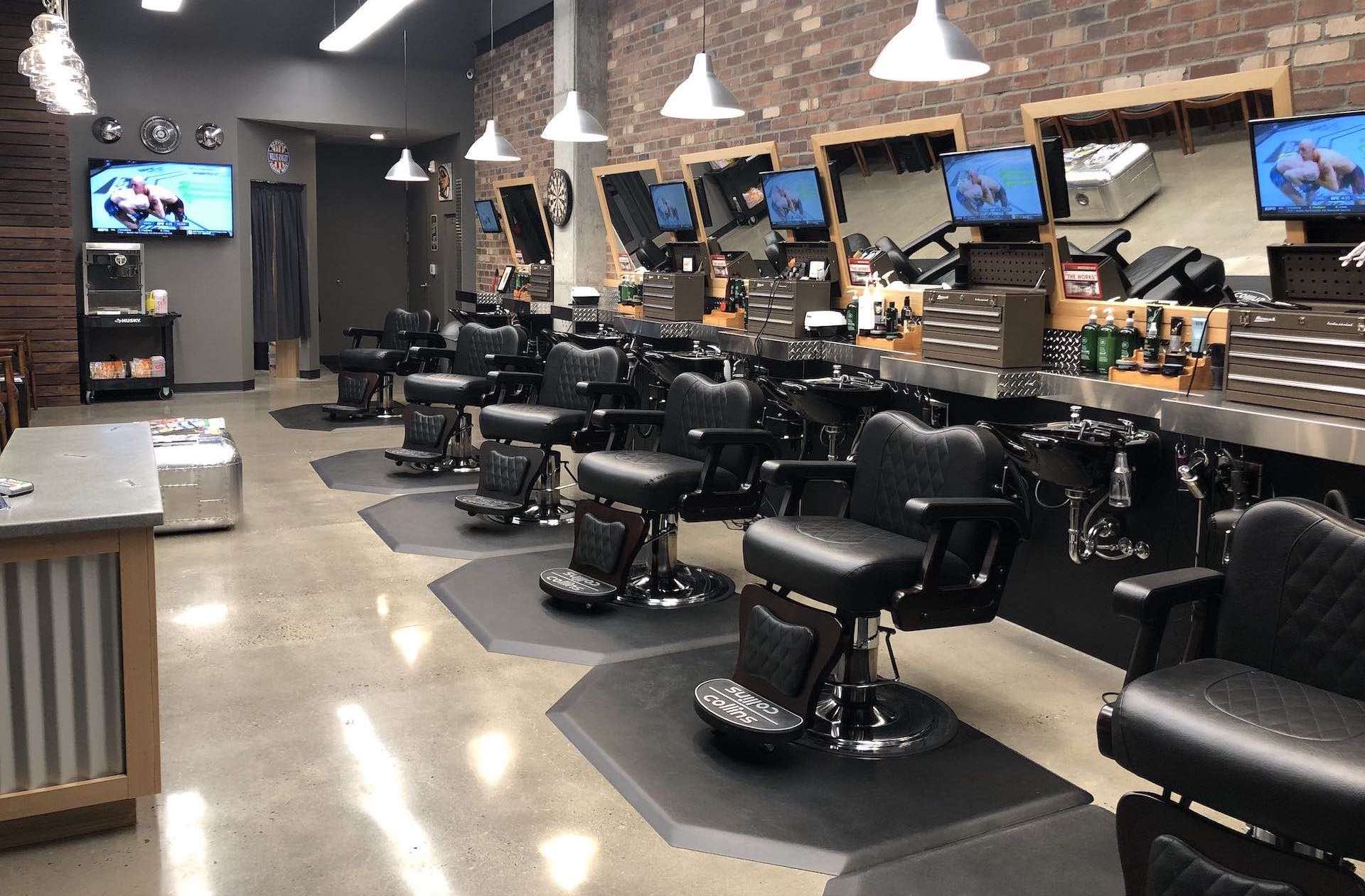Running a barbershop in partnership can be an excellent way to share costs, expertise, and responsibilities while building a thr…
Barber Shop Business Interruption Insurance: Protecting Your Income When the Chairs Go Empty
Running a successful barbershop requires more than just skilled hands and sharp tools – it demands careful planning for the unexpected. While most barbershop owners understand the importance of general business insurance, many overlook one of the most critical protections: business interruption insurance. When circumstances force your shop to close temporarily, this specialized coverage can mean the difference between weathering the storm and facing financial ruin.
Understanding Business Interruption Insurance for Barbershops
Business interruption insurance, also known as business income insurance, provides financial protection when your barbershop cannot operate normally due to covered events. Unlike property insurance that covers physical damage to your equipment and premises, business interruption insurance focuses on the income you lose during the closure period.
For barbershops, this coverage typically includes compensation for lost revenue, ongoing expenses like rent and utilities, employee wages, and additional costs incurred to minimize the interruption. The policy essentially puts your business in the same financial position it would have been in had the interruption never occurred.
Common Scenarios Requiring Business Interruption Coverage
Barbershops face numerous risks that could force temporary closure. Fire damage represents one of the most significant threats, particularly given the electrical equipment, heating tools, and chemical products commonly used. A small electrical fault from a hair dryer or clipper could spark a fire that damages your premises and forces closure for weeks or months during repairs.
Water damage poses another serious risk. Burst pipes, flooding, or roof leaks can damage flooring, electrical systems, and equipment. Even minor water damage often requires extensive drying and restoration work that prevents normal operations.
Theft and vandalism can also trigger business interruption claims. If criminals break in and steal equipment or cause significant damage, you may need to close while replacing stolen items and repairing premises. The time required to source and install new barber chairs, mirrors, and specialized equipment can extend closure periods considerably.
Natural disasters, though less predictable, can have devastating effects. Storms, floods, or other weather events might damage your building or make it inaccessible to customers and staff. Even if your premises remain undamaged, local evacuation orders or infrastructure damage could prevent normal operations.
Health and safety incidents present unique risks for barbershops. If accidents involving equipment or chemical products lead to regulatory investigations, authorities might order temporary closure until safety compliance is verified. Similarly, serious hygiene breaches could result in enforced closure by local health departments.
The True Cost of Business Interruption
Many barbershop owners underestimate the financial impact of temporary closure. Beyond obvious lost revenue from services, numerous ongoing expenses continue regardless of whether you're operating. Rent or mortgage payments, insurance premiums, loan repayments, and utility bills don't pause during closure periods.
Employee costs represent another significant consideration. Skilled barbers are valuable team members you'll want to retain during closure periods. Continuing to pay wages helps maintain staff loyalty and ensures experienced professionals return when you reopen. Without business interruption insurance, maintaining payroll during closure can quickly exhaust cash reserves.
Additional expenses often arise during restoration periods. You might need temporary premises to maintain some operations, expedited delivery of replacement equipment, or professional cleaning services. These costs can substantially exceed the original damage value.
Lost customer relationships carry long-term financial implications. Regular clients may establish new loyalties with competitors during your closure. Rebuilding your customer base after reopening requires time, marketing investment, and potentially reduced pricing to win back business.
Coverage Components and Benefits
Comprehensive business interruption insurance for barbershops typically includes several key components. Gross earnings coverage compensates for lost revenue based on your historical income patterns and projected earnings. This calculation considers seasonal variations and growth trends to provide fair compensation.
Extra expense coverage pays for additional costs incurred to minimize business interruption. This might include renting temporary premises, expedited equipment delivery, or increased marketing to announce your reopening. These expenses often prove crucial for maintaining customer relationships and minimizing long-term impact.
Civil authority coverage protects against losses when government orders prevent access to your premises. If local authorities close surrounding areas due to emergencies, this coverage compensates for resulting income loss even when your property remains undamaged.
Extended period of indemnity coverage recognizes that business recovery often extends beyond physical restoration completion. This provision continues compensation during the period required to rebuild customer base and return to normal income levels.
Calculating Appropriate Coverage Levels
Determining adequate coverage requires careful analysis of your barbershop's financial structure. Start by calculating your average monthly gross earnings over the past 12-24 months, adjusting for seasonal variations and growth trends. Consider both service revenue and retail product sales.
Identify your monthly fixed expenses including rent, insurance, loan payments, and utilities. Add variable costs like staff wages, supplies, and marketing expenses. The total represents your monthly financial obligations during closure.
Consider the maximum realistic closure period for different scenarios. Minor incidents might require only days or weeks, while major damage could necessitate months of closure. Insurance policies typically offer indemnity periods ranging from 12 to 36 months.
Factor in additional expenses you might incur during restoration. Temporary premises rental, expedited equipment replacement, and increased marketing costs can significantly exceed normal operating expenses.
Policy Exclusions and Limitations
Understanding policy exclusions helps avoid unpleasant surprises during claims. Standard exclusions typically include losses from poor business decisions, economic downturns, or market changes unrelated to covered perils. Gradual deterioration, wear and tear, and maintenance issues usually aren't covered.
Many policies exclude certain types of damage or events. Flood damage often requires separate coverage, while terrorism or cyber attacks might need specific endorsements. Review exclusions carefully with your insurance provider to identify gaps requiring additional coverage.
Waiting periods, also called deductibles, specify minimum closure duration before coverage begins. Common waiting periods range from 24 to 72 hours. Shorter waiting periods provide better protection but typically cost more in premiums.
Coverage limits cap total payouts during the policy period. Ensure limits adequately cover your maximum potential loss, including both lost income and additional expenses over the full indemnity period.
Integration with Other Business Insurance
Business interruption insurance works alongside other coverage types to provide comprehensive protection. Property insurance covers physical damage to premises, equipment, and inventory, while business interruption insurance addresses resulting income loss. These coverages often come bundled in commercial combined policies.
Public liability insurance protects against customer injury claims, while employers' liability covers staff accidents. Professional indemnity insurance addresses claims related to service quality or advice. Each coverage type addresses different risk categories that could impact your barbershop.
Consider how different policies interact during claims. Property insurance typically pays for physical repairs, while business interruption coverage addresses income loss during the repair period. Coordination between insurers ensures smooth claims handling and prevents coverage gaps.
Making a Business Interruption Claim
When incidents occur, prompt action helps ensure successful claims. Contact your insurer immediately to report the incident and begin the claims process. Document everything thoroughly, including photographs of damage, repair estimates, and records of lost business.
Maintain detailed financial records showing normal income patterns and actual losses during closure. Preserve evidence of additional expenses incurred to minimize business interruption. Professional accountants can help calculate complex loss amounts and support claims documentation.
Work closely with loss adjusters appointed by your insurer. Provide requested documentation promptly and maintain open communication throughout the process. Consider appointing your own loss assessor for significant claims to ensure your interests are properly represented.
Choosing the Right Provider
Selecting appropriate business interruption insurance requires careful provider evaluation. Look for insurers with strong financial ratings and positive claims-paying reputations. Industry-specific experience helps ensure understanding of barbershop risks and appropriate coverage design.
Compare policy terms carefully, not just premium costs. Coverage limits, exclusions, waiting periods, and additional benefits vary significantly between providers. Professional insurance brokers can help navigate complex policy differences and negotiate better terms.
Consider the insurer's claims service reputation. Quick, fair claims handling becomes crucial when your business faces closure. Research customer reviews and industry ratings to assess claims service quality.
Risk Management and Prevention
While insurance provides essential financial protection, risk prevention remains the best strategy. Regular equipment maintenance reduces fire and electrical risks. Professional servicing of heating tools, electrical systems, and ventilation equipment helps prevent incidents.
Implement robust security measures to deter theft and vandalism. Quality locks, alarm systems, and security cameras protect your premises and equipment. Consider security lighting and partnerships with neighboring businesses for mutual protection.
Maintain strict hygiene and safety standards to prevent regulatory issues. Regular staff training on health and safety procedures reduces accident risks and ensures compliance with industry regulations.
Develop emergency response procedures for various scenarios. Staff should know how to respond to fires, floods, security breaches, and other incidents. Quick, appropriate responses can minimize damage and reduce closure periods.
Financial Planning Considerations
Business interruption insurance forms part of broader financial planning for barbershop owners. Maintain adequate cash reserves to cover immediate expenses during claim processing periods. Insurance payouts often take time to process, requiring short-term financial resources.
Consider the tax implications of insurance payouts. Business interruption payments typically replace taxable income, making them subject to income tax. Plan accordingly to avoid unexpected tax liabilities.
Review coverage regularly as your business grows. Increased revenue, additional equipment, or expanded premises require coverage adjustments. Annual policy reviews ensure protection keeps pace with business development.
The Investment Perspective
Business interruption insurance represents a crucial investment in your barbershop's long-term viability. While premiums represent ongoing costs, the protection provided far exceeds the expense. Consider the coverage as essential business infrastructure, like reliable equipment or skilled staff.
The peace of mind provided by comprehensive coverage allows focus on business growth rather than worry about potential disasters. Knowing your income is protected during unexpected closures enables confident investment in equipment, premises improvements, and staff development.
Conclusion
Business interruption insurance provides essential protection for barbershop owners against the financial devastation of temporary closure. From fire and flood damage to theft and regulatory issues, numerous scenarios could force your business to close temporarily. Without adequate coverage, these interruptions can quickly exhaust cash reserves and threaten long-term viability.
The relatively modest cost of business interruption insurance pales compared to the potential financial losses from unprotected closure. By understanding coverage options, calculating appropriate limits, and selecting reputable providers, barbershop owners can secure their businesses against unforeseen interruptions.
Don't wait until disaster strikes to consider this crucial protection. Contact experienced insurance professionals today to discuss business interruption coverage tailored to your barbershop's specific needs. Your future self will thank you for taking this essential step toward comprehensive business protection.


 0330 127 2333
0330 127 2333
